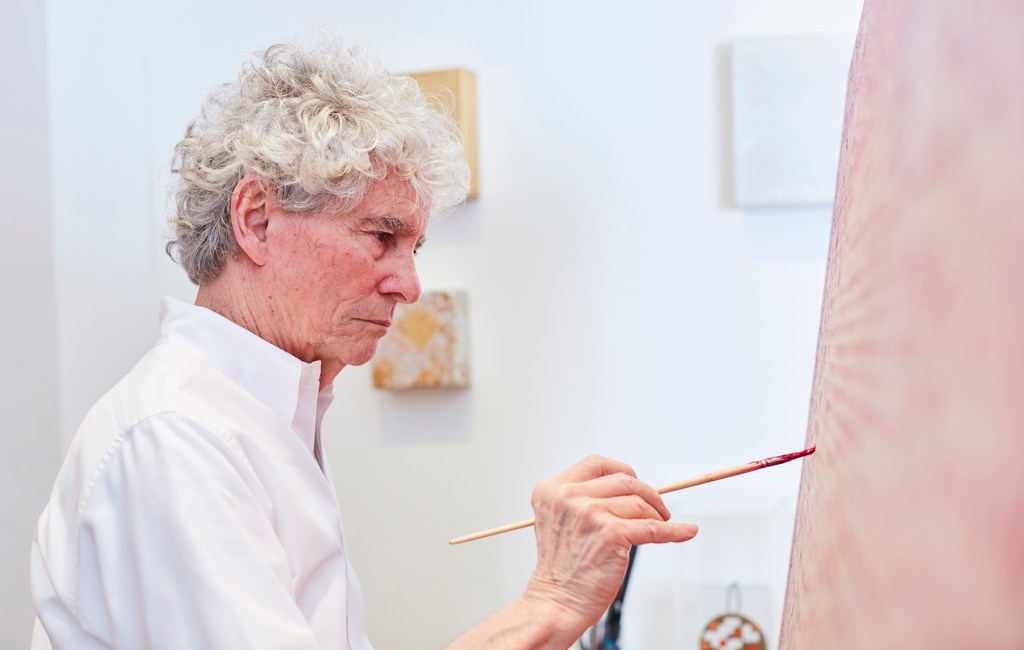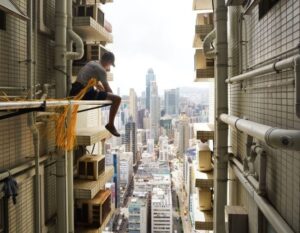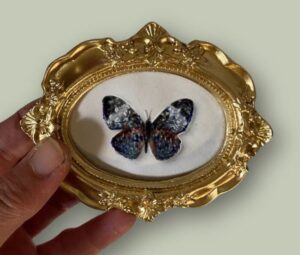Puerto Rican Painter and NYC Arts Advocate Tony Bechara Dies at 83


Painter and printmaker Tony Bechara, whose passionate support for artists helped mold New York City’s cultural landscape, died at his home on Wednesday, April 23, on his 83rd birthday. The news of his death was announced by Lisson Gallery, which presented a solo exhibition of his work last January.
A pioneering visual artist whose 50-year practice balanced exuberant spontaneity with measured precision, Bechara spent most of his life residing and working in New York. He was widely recognized for his fervent support of historically underrepresented artists, many of whom were his peers, like Carmen Herrera and Leon Polk Smith, and his advocacy for Latine arts and institutions such as El Museo del Barrio in East Harlem.

Born in San Juan, Puerto Rico, in 1942, Bechara initially traveled to Washington, DC, to study law at Georgetown University, where he received his Bachelor’s degree. Uncertain about this career trajectory, Bechara subsequently traveled to Paris, where he studied at the Sorbonne for a year while becoming immersed in the city’s arts and culture landscape. It was there that he developed a passion for painting.
Back in the United States in the early 1960s, Bechara enrolled at the School of Visual Arts in Manhattan, developing a painting technique defined by a system of controlled chaos. Through experimental automatic painting techniques and meticulous premeditated grid-making, he explored the never-ending possibilities of color.

In addition to his art practice, Bechara was an active member of New York’s Latine and Latin American arts community, serving on the board of several local arts organizations including the Studio in a School, the Brooklyn Academy of Music, and El Museo del Barrio, where he was board chairman for 15 years. He was named chairman emeritus in 2016 and remained a vital force at the museum, donating $1 million in 2018 to the institution’s endowment to support its curatorial and education programs. In a 2015 interview with AzureAzure, Bechara described this cultural patronage as akin to “artistic projects”: “They are an extension of my commitment to art, like unfinished murals in which I work during the night.”
Patrick Charpenel, executive director of El Museo del Barrio, said Bechara was “a catalytic presence in New York’s art world.”
“His own artistic practice was groundbreaking, and his deep commitment to championing overlooked artists helped expand and diversify the canon of art history,” Charpenel said in a statement to Hyperallergic.

Throughout his lifetime, Bechara’s dynamic compositions were spotlighted in numerous solo and group exhibitions, including Ten Puerto Rican Artists (1970) at the Brooklyn Museum, the 1975 Whitney Biennial, and The Shaped Field: Eccentric Formats (1981) at MoMA PS1.
Today his work can be found in the collections of institutions such as Museo de Arte de Puerto Rico, El Museo del Barrio, the Metropolitan Museum of Art, and the Parrish Art Museum, whose Executive Director Mónica Ramírez-Montagut described Bechara as “a role model of all that can be accomplished in a life.” Earlier this year, Bechara gifted his painting “19 Reds” (2015) to the museum’s collection.
“His legacy lives on in the vibrant and pulsating geometry of his paintings,” Ramírez-Montagut told Hyperallergic, “and in his unwavering commitment to uplifting artists and the creative community.”







